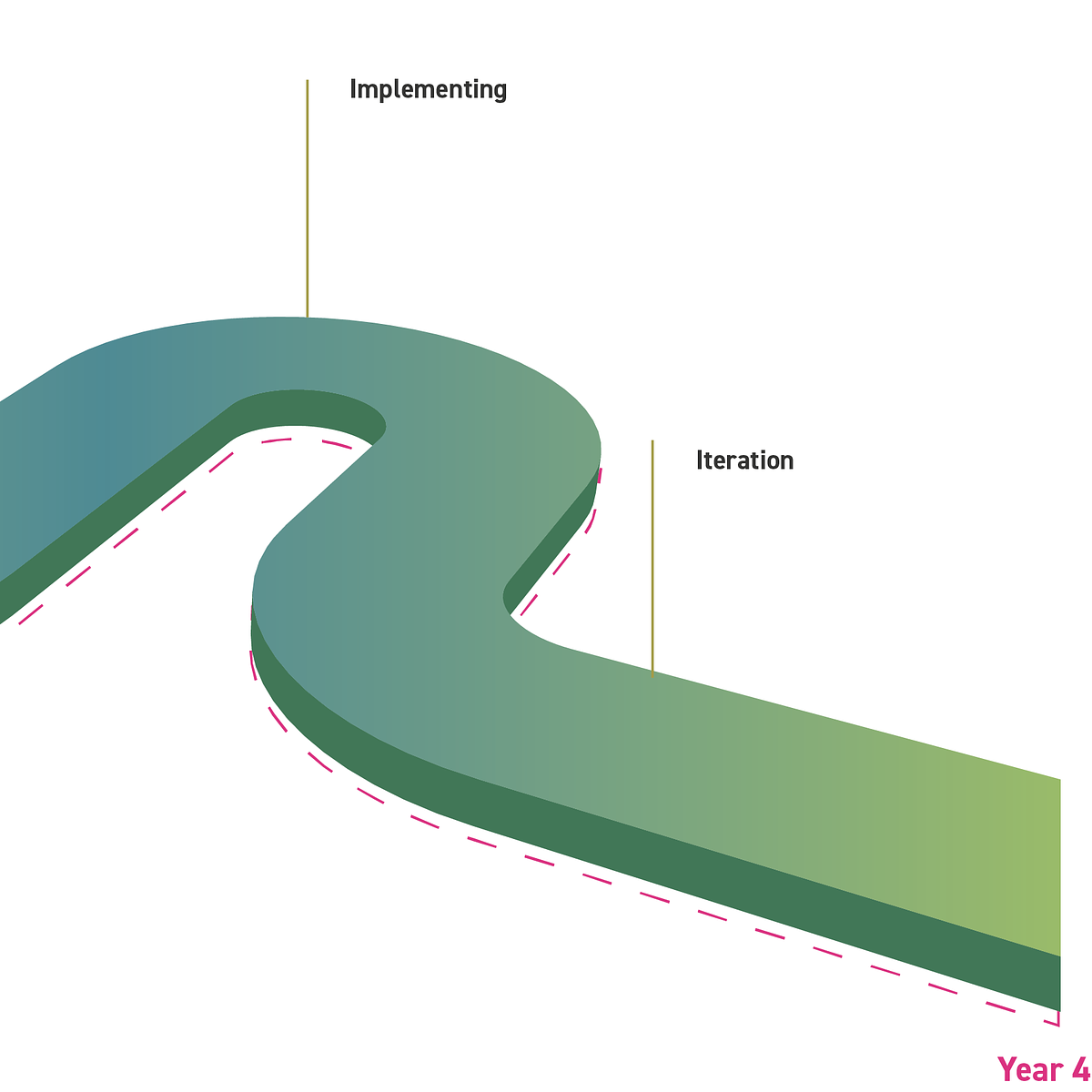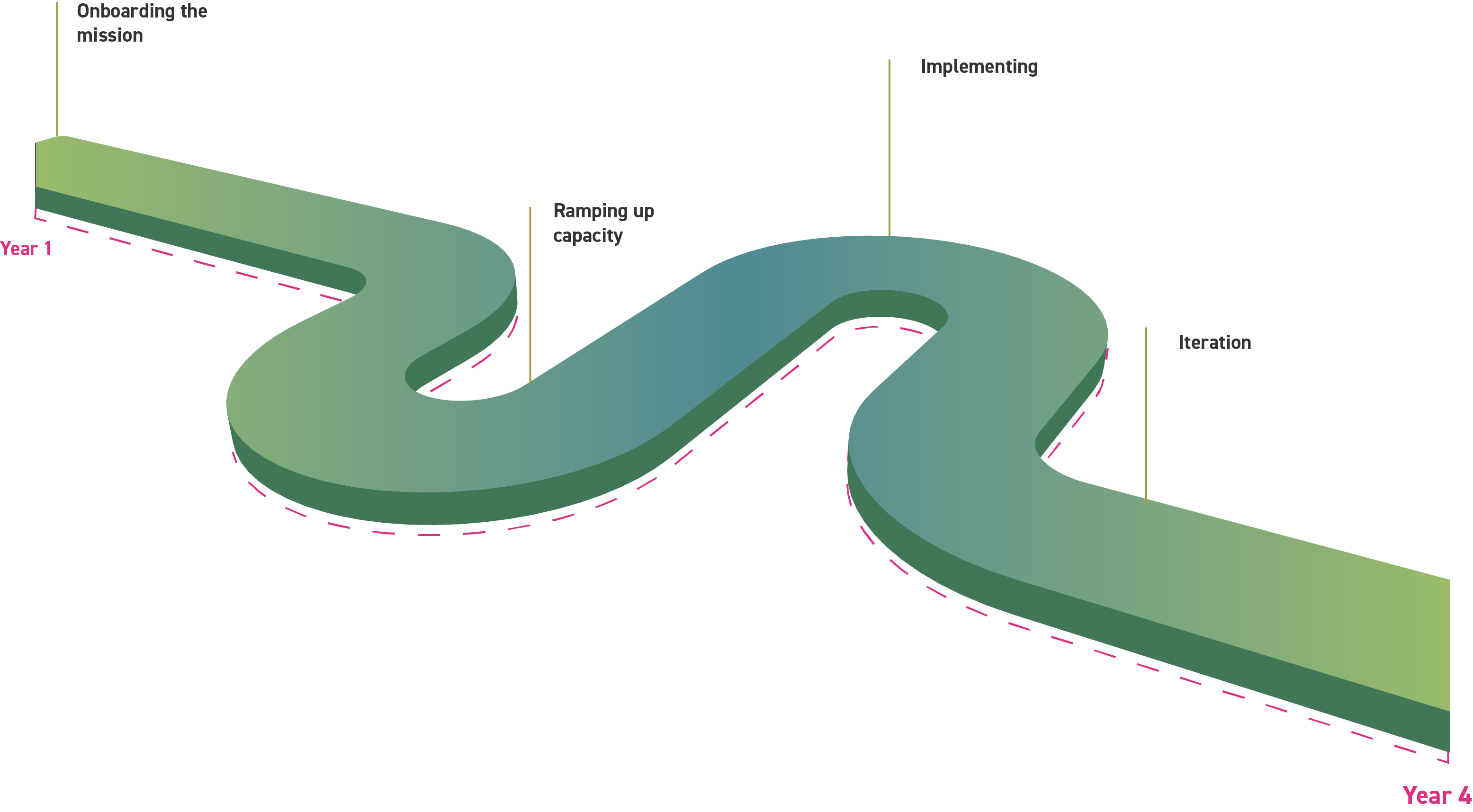
Landscape Analysis
Identify what’s preventing transition to low-carbon alternatives while simultaneously weakening democracy.
Addressing structural barriers to change means being able to identify what’s preventing transition to low-carbon alternatives while simultaneously weakening democracy. This tool uses lenses of democratisation, decarbonisation, and community and climate resilience to identify and map structural barriers within a qualitative framework.
The Landscape Analysis tool, part of Demsoc's Climate Democracy Model, is designed to expand thinking about a project or issue, helping teams progressively identify areas for change, build compelling stories about the impacts of making these changes, and celebrate progress made as programmes advance.
The Landscape Analysis tool is open for use by anyone, but in general we recommend use by practitioners with a background in democracy, resilience, and thinking in systems.
The tool it useful for use and iteration throughout different stages of projects.
The Landscape Analysis tool helps us:
- Expand thinking about a project or issue
- Helping teams progressively identify areas for change and build compelling stories about the impacts of making these changes.
- Determine where teams could or should be focusing their efforts, providing a way of continuously realigning priorities.

How to use it
This tool is available as a Miro board (view only). Contact nadja@demsoc.eu for an editable version.
Who to involve
At least 2-3 people. We also recommend someone acting as facilitator.
Time
Allow 1.5 - 2 hours for this activity.
Questions, feedback
Contact nadja@demsoc.eu

This work is licensed under a Creative Commons Attribution-NonCommercial 4.0 International License.